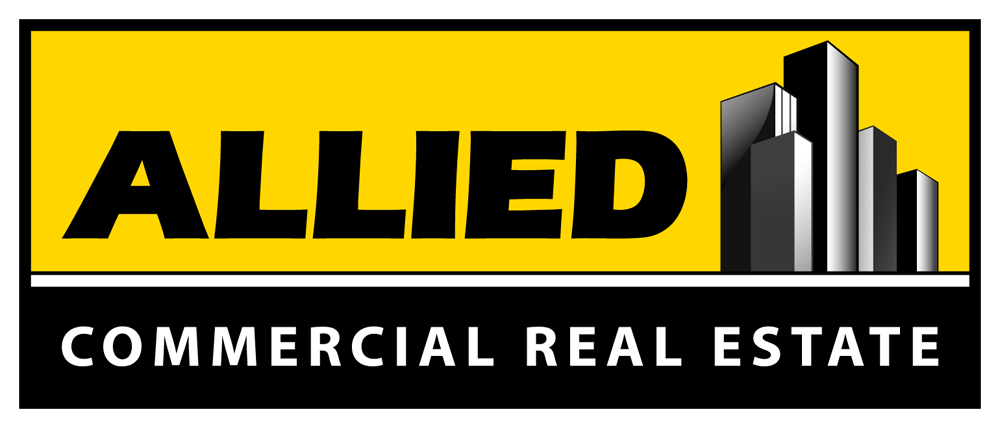News
36th Street Partners Acquires Ontario Industrial with Value-Add Potential
36th Street Partners acquired a 17,360-square-foot multi-tenant industrial property located at 1804 to 1828 E. Elma Court in Ontario for $3.48 million. Its equity partner on the deal is JW Capital, a Los Angeles-based family office. Built in 1982 and situated on a...
Office Vacancy Falls as San Bernardino Hopes to Return to Former Glory
Currently, the only large office building proposed in the City of San Bernardino is a 307,000-square-foot structure that would serve as an administrative building for the County of San Bernardino. By Steve Roppel, Senior Vice President, Allied Commercial Real Estate...
Could There Be a CRE Upside to a Recession?
You don’t want to wish ill on anyone, but it can be comforting to realize that if the economy goes bad, you might receive some benefit. No one wants a recession. And yet, they do eventually come as part of the business cycle. While the pandemic recession was an...
How The Pandemic Really Impacted CRE Asset Classes
In just two years, we went from a very bleak, uncertain future to a comparatively stable positive outlook. Just two years ago, more than 20 million people lost their jobs at the onset of the COVID pandemic. Companies were scrambling to transition their workforces to...
Commercial Real Estate Executives Optimistic Despite Serious Current Market Challenges
Commercial real estate executives expressed a modest increase in optimism about market conditions, according to The Real Estate Roundtable’s Q4 Economic Sentiment Index. WASHINGTON — Commercial real estate executives expressed a modest increase in optimism about...
Coronavirus fallout: Is commercial real estate headed for a crash?
SAN DIEGO — Within the next week, David Marino will list nearly 300,000 square feet of sublease office space in San Diego’s Sorrento Mesa neighborhood that current tenants no longer need. By Mike Freeman The San Diego Union-Tribune The two-level downtown San Diego...
Allied Commercial Real Estate Helping Soles4Souls Fight Extreme Poverty
Southern California Realtor Tony M. Guglielmo and Allied Commercial Real Estate host holiday shoe donation drive for Soles4Souls to help people in need step out of poverty one pair of shoes at a time. RANCHO CUCAMONGA, CALIF. (PRWEB) DECEMBER 02, 2019 Guglielmo is...
Realtor Tony M. Guglielmo, CCIM Discusses the Importance of Investing in Commercial Real Estate
Southern California Realtor Tony M. Guglielmo, of Allied Commercial Real Estate, lists the top three reasons to add commercial real estate to one’s investment portfolio. RANCHO CUCAMONGA, CALIF. (PRWEB) OCTOBER 29, 2019 Real estate investing goes well beyond...
Allied Commercial Real Estate Expands with New Office and Team Members
The new office is located at 9327 Fairway View Place, Suite 300, Rancho Cucamonga, CA 91730. Allied Commercial Real Estate’s focus and expertise on the Inland Empire and surrounding areas allows them to have unsurpassed market knowledge and insight into market factors...
Lincoln Property Company Spends Over $100 Mil on Inland Empire Industrial Portfolio
Lincoln Property Company has purchased a 745.6k sf industrial portfolio in Rancho Cucamonga for $104.6 mil ($140/sf). The assets were sold by Colony Capital Inc. The portfolio consists of four sites, located at 11600 Millennium Court, 8250 Milliken Ave and and 9160...
Los Angeles/ Southern California Named No. 1 Market In The Americas For Real Estate Investment … Again
When it comes to commercial real estate investment, Los Angeles continues to stay on top despite the area's high land and building prices. For the fourth year in a row, commercial real estate investors chose the city as the top target among metros in the Americas in...
10 New Laws That Will Affect The Rental Housing Industry This Year
Numerous laws taking effect on New Year's Day will impact the way housing providers do business in California. To help you prepare, we've summarized 10 of the most significant of those new laws in the paragraphs below. SAFETY AT THE PROPERTY Balcony inspections: SB...
Trump Is Getting Involved In Opportunity Zones, And Experts Think That’s A Good Thing
Opportunity zones have become the darling of real estate investors since their adoption last year, but the still-under-the-radar program is poised to receive a lot more attention, and possibly scrutiny, after it was promoted in the Oval Office last week. President...
Things To Know About The New Opportunity Zone Guidelines
After several months of waiting, real estate investors, developers and other keen commercial real estate observers have finally received answers to some of their many questions about the Opportunity Zone program. The Department of Treasury on Friday released new...
San Bernardino Office Building could be Transformed into an Apartment Complex
A vacant two-story office building on North Arrowhead Avenue in San Bernardino could be converted into a 15-unit apartment complex should city leaders authorize the building’s reuse this week. A public hearing on the project is scheduled for Wednesday, Oct. 3. Under a...
Inside Xebec’s Strategy to Increase the SoCal Industrial Supply
The Southern California industrial market is among the tightest in the country, and even the new supply under construction won’t be enough to satisfy the demand. By Kelsi Maree Borland | September 21, 2018 at 04:00 AM The demand for industrial space in Southern...
Rancho Cucamonga Approves Early Childhood Education Center
The Rancho Cucamonga Planning Commission approved development of a 10,763-square-foot early childhood education center in Rancho Cucamonga, CA. Upland, CA-based Moore Real Estate Group will oversee the project. Rancho Cucamonga Approves Early Childhood Education...
Surging Population Growth in San Bernardino County Drives Retail Investment
Growth has been the underlying theme in the County of San Bernardino in recent years, and it’s having success, as the county recently was ranked third in the state in job growth, beating neighbors Orange County and Los Angeles. Those jobs are attracting residents, and...
Perris Industrial Facility Sells for $16 Million
Fully Occupied 147,000-Square-Foot Industrial Facility for $16.35 Million in Perris, California Perris Industrial Facility Sells for $16 Million By Staff - June 5, 2018 TAGS: COMMERCIAL REAL ESTATE ECONOMIC DEVELOPMENT PERRIS REAL ESTATE Fully Occupied...
A Reveal of SoCal’s Inland Empire
THE GOOD AND THE CHALLENGES – BREAKING DOWN THE INLAND EMPIRE Surrounded by mountain ranges and hills, the Inland Empire (IE) region of Southern California is the 13th-largest metropolitan statistical area in the United States, as well as one of the fastest-growing,...
What does it mean when a Landlord asks you to provide “Financials”?
If you are looking to secure a commercial real estate location for your business there are a few things that you should be ready for prior to beginning your search. Each Landlord is different; some are easier to deal with than others when it comes to negotiating and...
CRE Industry Groups Applaud Outcome of Tax Bill
'Huge Victory' for Sector Seen Mainly in Preserving, Expanding Existing Tax Benefits of Commercial Property Ownership DECEMBER 20, 2017|RANDYL DRUMMER EMAIL PRINT CRE Industry Groups Applaud Outcome of Tax Bill 'Huge Victory' for Sector Seen Mainly in Preserving,...
Allied Commercial’s broker/owner takes oath of office as a new Planning Commissioner
On the evening of December 20th, 2017, Tony M. Guglielmo, CCIM and Broker/Owner of Allied Commercial Real Estate was sworn in as a new commissioner on the City of Rancho Cucamonga Planning and Historic Preservation Commission. To learn more about the commission please...
Goodman – Ahead of the Curve
In the last five years, Goodman has capitalised on opportunities within the industrial property sector driven by growth in e‑commerce, consumerism and changes in technology. In the last five years, Goodman has capitalised on opportunities within the industrial...
New California Transfer On Death Deed
There are several ways an owner of real property can direct the transfer of real property when they die. Up until recently, the most common way was through a trust, will or owning the property in joint tenancy with another person or persons. Effective January 1, 2016,...





